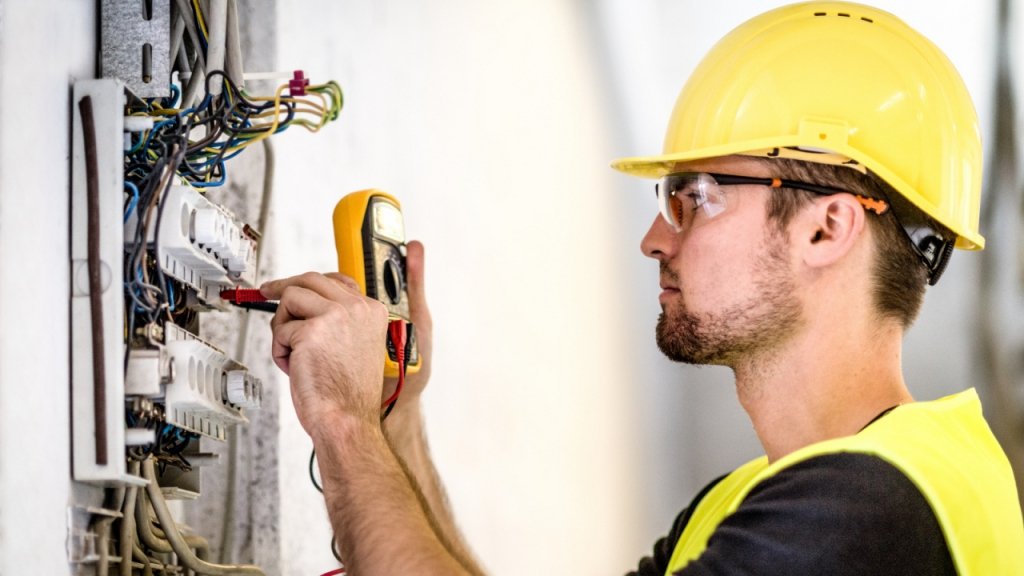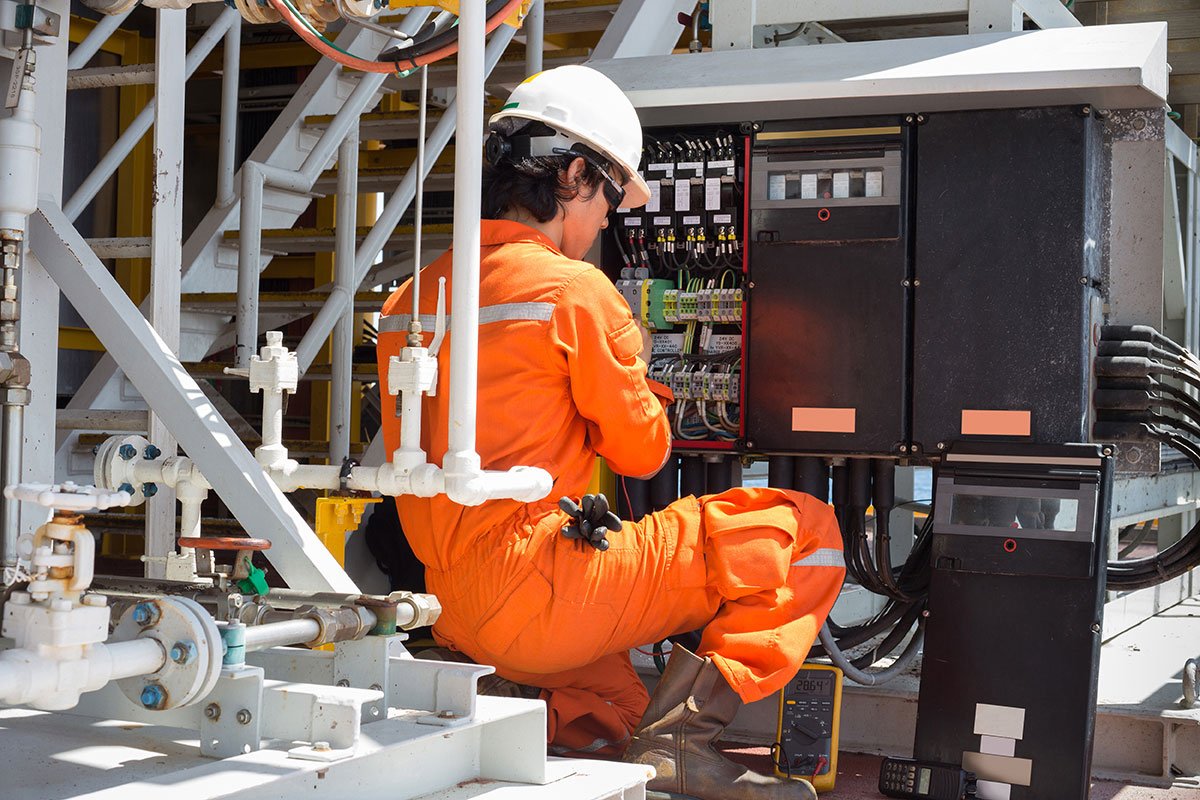About Electrical / Electrician
As an Electrician you will be responsible for the selection, installation, set up, test, fault find, repair and maintenance of electrical wiring systems across a wide variety of environments, which could include residential and commercial premises.
The training
To become a trade certified electrician, you generally complete an apprenticeship which results in a Certificate III in Electrotechnology Electrician. The apprenticeship usually takes 48 months to complete.
The apprenticeship program features on the job training under the supervision of a qualified Electrician and off the job training at a registered training provider such as a WA TAFE college.
Skills you will learn
During the training program to become an Electrician, you will learn practical skills and underpinning knowledge. A training program will be created for you that will include such competencies as how to:

Provide cardiopulmonary resuscitation
Apply work health and safety regulations, codes and practices in the workplace
Document and apply measures to control WHS risks associated with electrotechnology work
Fabricate, assemble and dismantle utilities industry components
Fix and secure electrotechnology equipment
Solve problems in multiple path circuits
Solve problems in single path circuits
Use drawings, diagrams, schedules, standards, codes and specifications
Participate in electrical work and competency development activities
Arrange circuits, control and protection for electrical installations
Develop and connect electrical control circuits
Evaluate and modify low voltage heating equipment and controls
Evaluate and modify low voltage lighting circuits, equipment and controls
Evaluate and modify low voltage socket outlets circuits
Install low voltage wiring, appliances, switchgear and associated accessories
Isolate, test and troubleshoot low voltage electrical circuits
Select wiring systems and select cables for low voltage electrical installations
Solve problems in direct current machines
Solve problems in low voltage AC circuits
Solve problems in magnetic and electromagnetic devices
Terminate cables, cords and accessories for low voltage circuits
Test and connect alternating current (AC.) rotating machines
Test and connect transformers
Design, install and verify compliance and functionality of general electrical installations
Identify, shut down and restart systems with alternate supplies
Apply environmentally and sustainable procedures in the energy sector
Perform rescue from a live LV panel
Use engineering applications software on personal computers
Develop enter and verify discrete control programs for programmable controllers
Solve basic problems in photovoltaic energy apparatus and systems
Career Pathway Examples for Electrical
Please note that programs can vary to some degree and this list is an example only.
| Certificate II | Certificate III | Certificate IV | Diploma | Advanced Diploma |
|---|---|---|---|---|
| Electrotechnology Trainee |
Electrician |
Installation Technician |
Electrical Engineering Technical Officer |
Mine Electrical Engineer |

